Irrigation systems inside greenhouses .. One of the many advantages provided by greenhouses, is to reduce the amounts of water consumed in irrigation operations, by up to 40% %, especially if it is used for modern irrigation systems, and there are different irrigation methods that can be used inside greenhouses, each with its own uses and features.
قائمة المحتوى
Irrigation systems inside greenhouses
Good management of irrigation systems inside greenhouse contributes to increased production, which proves the mistaken belief that higher amount of water consumed in irrigation leads to higher productivity.
The production of greenhouse depends on many other factors; Such as temperature, quality of the drainage process, and soil fertility.
This confirms the need to follow sound irrigation systems inside greenhouses; is that greenhouse plants are sensitive to any water stress they may be exposed to.
Whether this stress occurs due to increased soil moisture or dryness, or any other factors that may lead to stunted growth of plants.
Developing successful irrigation programs inside greenhouses
Due to the nature of the soil and climate in our hot region; It is necessary to determine the quality and quantities, as well as the appropriate irrigation method and timing, which are the elements that make up the agricultural irrigation system.. This is as follows:
First: Water quality
It is necessary to use good water, free of any toxic substances, and the amount of salts in it does not exceed 2 millimoses (equivalent to 1280 parts per million), and its acidity ranges between 6: 7.
Second: The amount of irrigation
The amount of irrigation depends on a number of factors; Including the type of crop, the timing of its cultivation during the year, and the type of soil.
In addition to the heating and cooling systems used, and the method of cultivation; Either in beds or in pots.
Third: Irrigation dates
The farmer’s ability to determine appropriate irrigation dates depends on his experience in recognizing the extent of soil moisture.
Although there are some devices that help you in identifying the moisture content in agricultural soils, such as moisture sensors, tensometers, and Buyukoz cubes..
Fourth: Irrigation systems
Surface irrigation
This type of irrigation is suitable for small areas, and areas that have been exposed to drought, but not others, as a result of using another irrigation method.
Surface irrigation may be done manually, but it becomes expensive in this case, and it is not homogeneous.
or may be done with jugs or hoses ending in perforations; To reduce water pressure on the soil and roots.
Underwatering
Indoor greenhouse irrigation systems also include; Underwater irrigation. In this system, irrigation is carried out using drip.
The plant’s pots are placed on felts moistened with water, and thus the water moves from the bottom of the pot to the top by scorching.
But irrigation has its own set of drawbacks. Including – for example – the possibility of algae growth on wet felt.
Sprinkler Irrigation
As for this method; It relies on spraying water between or over plants, using special sprinklers.
It is a suitable method for plants that need high humidity, and also inside breeding houses, especially cuttings.
Among its shortcomings, is the possibility of spreading diseases due to the excessive moisture that results from it, as well as clogging the nozzles of these sprinklers with salt.
Drip irrigation
It is one of the most popular systemsirrigation, the most efficient and effective.
if used; Irrigation is limited to the roots of plants only, which contributes to preventing the spread of diseases resulting from water contact with plants.
This system also reduces water loss due to evaporation and seepage processes.
Advantages of fertilizing with irrigation water
Irrigation with nutrient solutions
In it, the plant is provided with various nutrients, according to the proportions it needs.
Work is also being done to adjust the acidity ratio, and to mix the solution with air.
The solution is passed over the roots of the plants, using different systems, including pipes and washed sand.
Modern farming systems have made it possible to define irrigation programs specific to each type of crop, and then apply them automatically by linking them to a special computer system, which helps in giving the plant the right amount of water when needed, despite The high cost of these systems, at first, but – with time – they save a lot of water, effort and money.
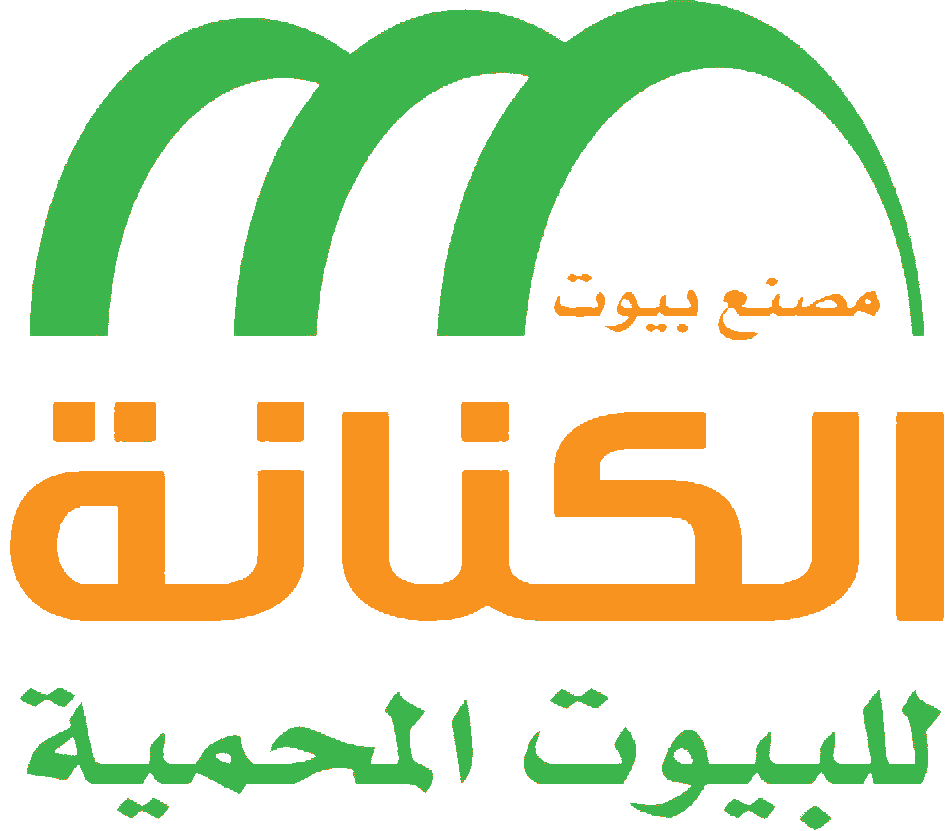
 then 'Add to home screen'
then 'Add to home screen' then 'Add to home screen'
then 'Add to home screen'

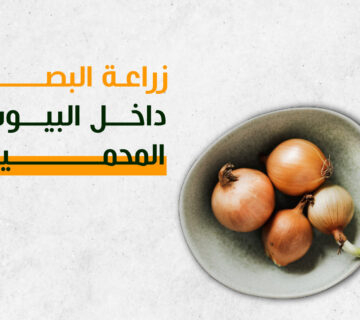
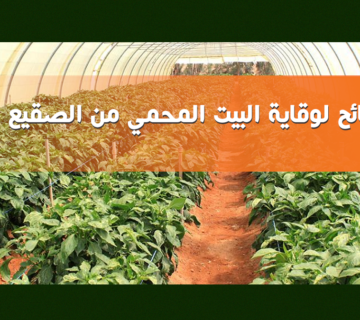


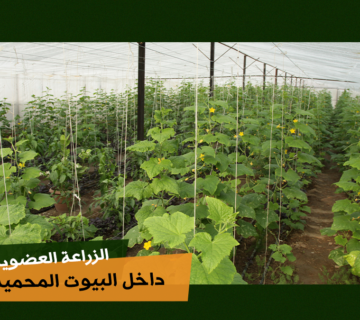
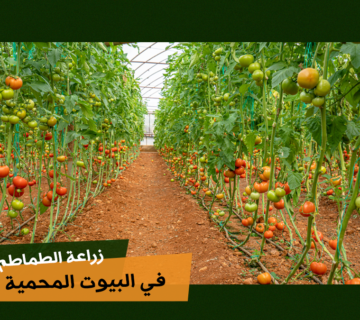
لا يوجد تعليقات